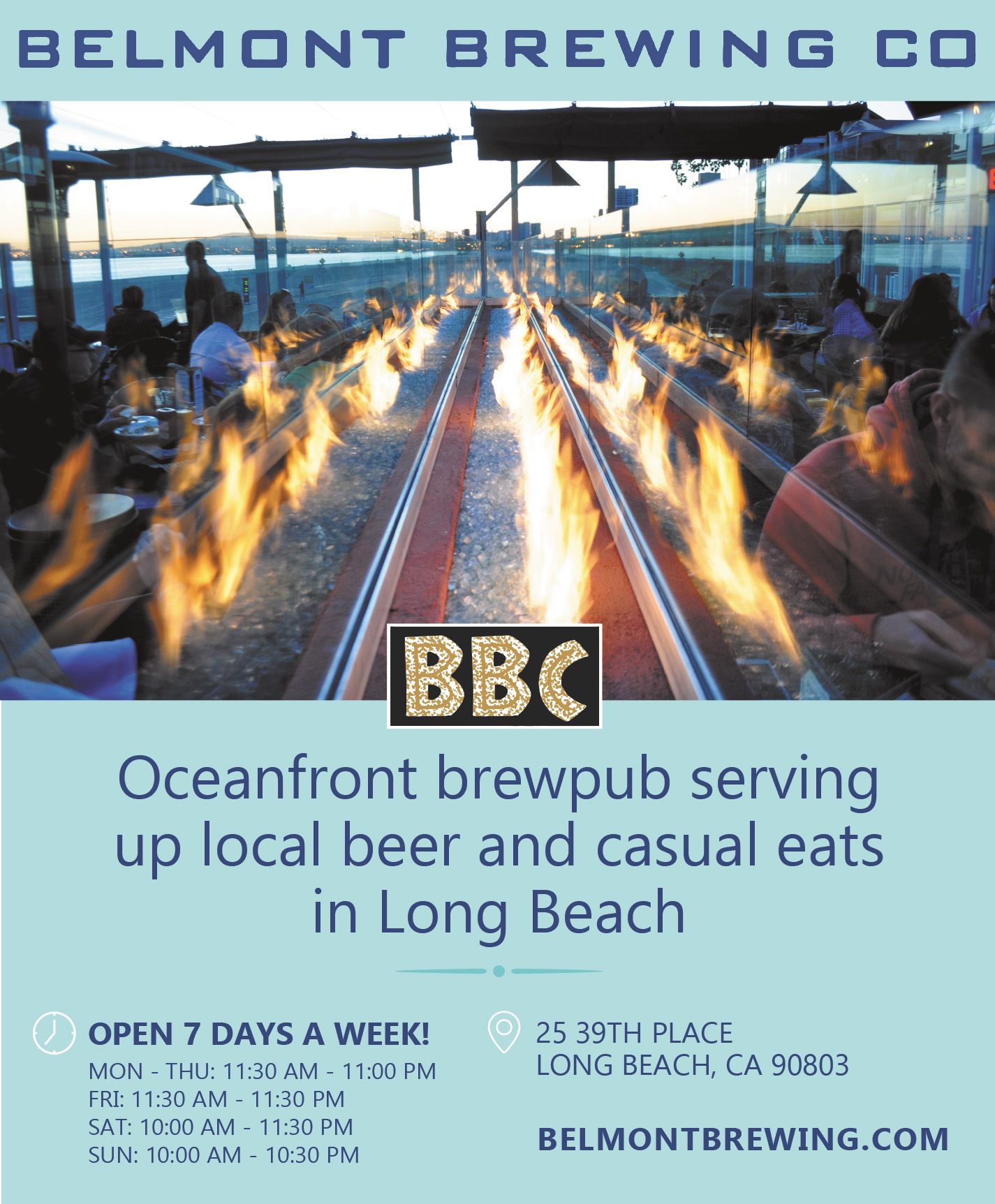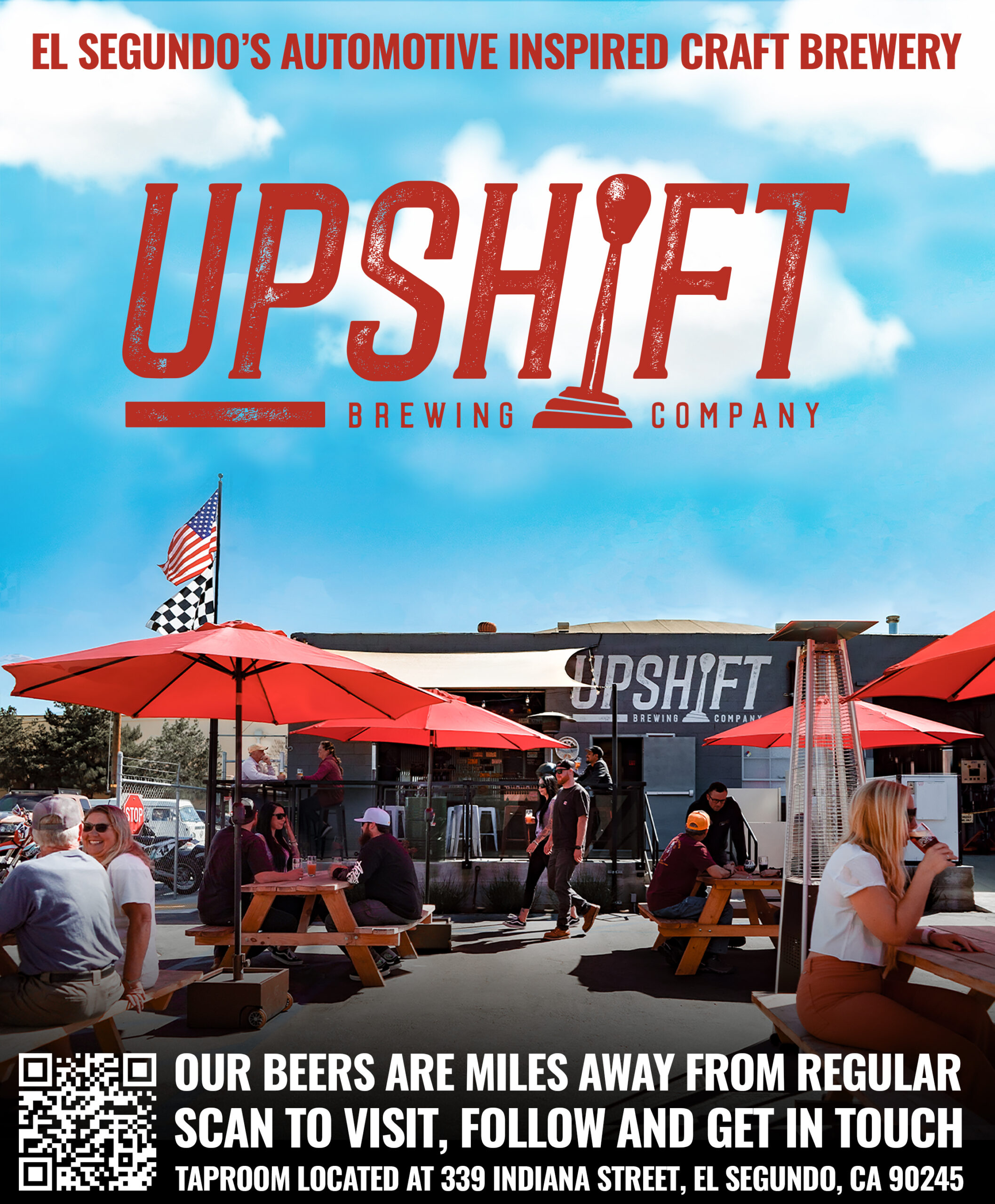Sour Cellars: An Ode to the Breweries that Time Forgot
Learning about craft beer in the 1990’s, there was always an enigmatic allure to the spontaneously fermented ales of Belgium. There were tales of eccentric brewmasters trained on tradition and whim, rural farmhouses that protected their cobwebs like an endangered species, and they made some of the best beers in the world.
Anachronistic and dwindling in number, they were the breweries that time forgot. Enter the USA and its revitalization of everything old. Kettle sours are now ubiquitous. Fewer, and much more impressive, are the breweries dabbling in the finer arts of yeast cultivation, open fermentation, fruit-fermentation, barrel-aging, and blending.
Bryan Doty was first introduced to me as “a mad scientist.” He’s isolated and amassed a large catalogue of yeast strains, obsesses over chemical reactions, and he’s invested his life savings into the slowest conceivable method of financial return. But other than that, he’s not mad, nor eccentric. Rather he’s measured, reserved, and analytical.
Nor is Sour Cellars the stereotypical rural barn. It’s set in a Rancho Cucamonga industrial complex, a warehouse building where Doty brews, open-cools, spontaneous ferments, blends, and ages. The indelible image is of rows of barrels, 327 in all. It’s attached to a chic, dimly-lit, Victorian style taproom, replete with antique furniture and Belgian tapestries.
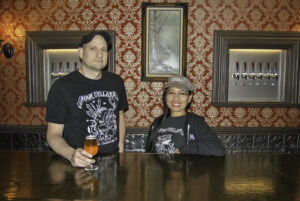
Photo Credit: Shelley Smith
“It’s just a hobby that grew out of control,” Doty begins. He was drinking domestic lagers when he picked up “The Joy of Homebrewing” as a means to make cheap beer. “As I got more into it, I wanted to seek out the more obscure styles.” He’d never had a sour but was instantly intrigued by the descriptions. “Most beers were made in a sanitary environment, like a hospital. Lambics and sours were the opposite: Dust, cobwebs, and farmhouses. I wanted to find out what those tasted like.” His third homebrewed batch was a sour. Three months later, he went all-grain, bought a microscope and started isolating yeast.
Alongside his wife, Chintya, they spent several years saving and self-funding Sour Cellars. You can check out their Instagram page for a pictorial journey of research, education, and building. Sour Cellars’ first beer was brewed in 2015, then aged for a year, before they eventually opened at the end of 2016.
It’s an uneconomical business for sure. Only a handful of breweries in the country commit to spontaneous fermentation. Some of the larger breweries only do it as a spin-off or experimental program. Everything at Sour Cellars spends over twelve months in the barrel, some over four years and counting. There’s a lot of inherent trial and error. “That’s why we started with so many barrels,” added Doty “We knew they wouldn’t all be sellable. We knew that some would be too acidic or too bitter.” And, there’s the time factor. “Grains are pretty cheap.” adds Doty, “But you can’t really replace the years.”
It’s very much unchartered territory. Doty has made multiple trips to Europe, “To demystify some of the process and clear up rumors, because there’s a lot of misinformation out there.” On each visit, he’s learning something new. “I’m still dissecting and finding out what each part of the process adds and how we can use that to manipulate our beer.”
“It’s not a case of replicating,” he elaborates, “Everyone’s building, climate, and microbes are different.” Rather, it’s about creating a unique house flavor. “That’s one of those things that takes years to develop but I think we’re just about there.” Once he masters that with the golden bases, he plans on expanding it to reds, browns, and other malt bills.”
A few beers might be considered mainstays, but even those are constantly tweaked – the fermentation, the cooling, hopping rates, fruit levels, the malt base, and blending. “It’s rare that I try to exactly replicate anything from batch to batch,” explains Doty, “I never really have. I try to pick out flavors I don’t like and eliminate them. The right aroma, taste, acidity. It’s always about improvement.”
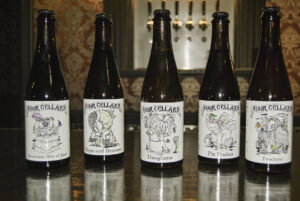
Photo Credit: Shelley Smith
Darkle was originally brewed on Sanctum’s system then barreled and bottled at different ages. Now brewed inhouse, he’s changed it to a cereal mash and spontaneous fermentation, mixing fresh bourbon barrel batches with non-bourbon batches. Jammiest Bits of Jam, the most notable mainstay, has also evolved. The latest release saw increased fruit ratio and blended four batches, dating back to January 2016. Refermented over fresh boysenberries, it certainly lives up to its full-fruited, slightly tart, jammy name. Some fruits lend themselves more subtly. Language of Flowers is named for the floral characteristics of saison yeast and yellow jasmine blossoms, while Early Purl blends Elderflower and a dozen gin botanicals.
Fruit selection is critical. “I go to farmer’s markets to taste the varieties and seek relationships with the growers. We prefer whole, local, organic fruit whenever possible.” Initially, Doty would devise a recipe and calculate fruit content. “Now I over-fruit everything and blend it down later.” He also pitches fruit intermittently to take advantage of peak ripeness. One that wasn’t ready at the time of my visit was “Durian,” a nod to Chintya’s Indonesian roots. When I followed up, I asked Chintya how it smelled. “Lovely,” she replied, “Bryan compares it to summit hops.”
Responding to reports of waning sour sales, Doty reports that Sour Cellars has increased volume every year, adding: “It’s probably mainstream breweries that dabble with sours that are scaling back.” He also acknowledges the wide variation under the label “sour,” with kettle sours, rushed barrel-aged mixed fermentation, and unfermented fruit purees creating misconceptions. “I want people to visit the tasting room, do a flight and taste the range of flavors to really appreciate what we’re doing here.”
That increase in sales has mainly been overseas. “We’re better known internationally than we are nationally,” adds Doty. “We send bottles all over the world, Australia, China, Japan, Italy, Denmark.” In Denmark, he’s collaborated with Mikkeller for their Danish beer club and done dinners, Chintya curating the food. The overseas festivals are bigger too. “Domestically there are a few sour fests, but they’re pretty small. The big ones are in Denmark and Italy.”
At Sour Cellars you’ll find delicately nuanced flavors, a showcase in the myriad of yeast complexities alongside fresh vibrant fruit. Descriptive flavor profiles don’t do justice; it’s a very ethereal experience. Many common descriptors invoke negative connotations, while the catch-all categorization of “sours” alongside many poorly-executed efforts further fuel misconceptions. There are plenty of “I don’t do sours” people out there misled by such generalizations.
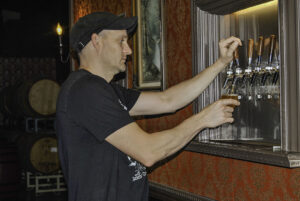
Photo Credit: Shelley Smith
It’s a style that’s elevated the likes of Cantillon and 3 Fonteinen to pinnacle status. And fortunately, we’ve got a taste of that in our own backyard. Sour Cellars is an education in artistry and craftsmanship, a commendable ode to the classics. Stop by and meet Bryan Doty. He’ll be happy to tell you much more beyond the scope of this column (and this writer).
Written before COVID-19 forced taproom closures, I still encourage anyone to head over to Sour Cellars Online Store. Shipping was already an important part of their business model.
Andrew Smith grew up in the UK. He “thought” he knew everything about beer before moving to the US. He covers the Inland Empire at CraftBeerIE.com and his Palm Springs neighborhood at CVBeerScene.com.
Raised in England, Andrew Smith “thought” he knew everything about beer before moving to the United States. He covers food for Locale Magazine and runs a local Coachella Valley blog at CVBeerScene.com.


